Cooking together as a family is one of the best ways to connect, teach, and share good food. As a culinary instructor, I've seen firsthand how even the youngest family members light up when given the chance to stir, taste, or help plate a meal. But in a room filled with heat sources, sharp knives, and busy hands, a safe kitchen isn't automatic; it's intentional.
Think of this as your gateway to kitchen and food safety, not a rulebook, but a simple framework of habits that make cooking together more enjoyable, confident, and safe for everyone. Get the Free Printable Below.

Table of Contents
Jump to:
- Why Kitchen Safety Matters in the Heart of Your Home
- Heat Safety: Staying Cool Around Hot Surfaces and Flames
- Appliance Awareness: Teaching Electrical and Heat Safety
- Preventing Slips, Spills, and Potential Dangers
- Age-Appropriate Kitchen Tasks
- Emergency Preparedness: Staying Calm When Things Heat Up
- Making a Safe Kitchen Fun for the Entire Family
- Family Kitchen Safety Equipment Checklist
- Kitchen Must-Haves Reviews
- Frequently Asked Questions
- Cooking Tips and Tutorials
- Food and Kitchen Safety Tips
- Subscribe to the YouTube Channel
- Have a Comment or Question?
Why Kitchen Safety Matters in the Heart of Your Home
The kitchen is often called the heart of your home, but it's also one of the most dangerous rooms if left unattended. Between hot surfaces, electrical appliances, and sharp objects, it's easy for small accidents to turn serious.
Teaching kitchen safety rules early builds responsibility, teamwork, and awareness. I've worked with children as young as four who already know to turn pot handles inward or use oven mitts instead of grabbing a hot pan barehanded. Those simple habits make a lifelong difference.

Turning Pot Handles Inward? Always turn pot handles inward toward the back of the stove so they don't stick out over the edge. This simple step keeps hot pots and pans out of reach and prevents accidental spills or burns.
Heat Safety: Staying Cool Around Hot Surfaces and Flames
I always start lessons with heat safety, it's the most common cause of burn injuries and home cooking fires.
Simple steps for families:
- Safe Distance: Keep a safe distance from stove tops and oven doors, especially for young children.
- Assume Hot: Always assume a hot pot, pan, or baking sheet can burn. Use pot holders, hot pads, or oven mitts instead of towels.
- Roll Up: Avoid loose or long sleeves; choose short sleeves or snug proper kitchen attire to prevent fabric from catching fire.
- Pay Attention: Never leave unattended cooking; even a small fire can spread quickly, especially during busy times like the holiday season.

Quick Reaction: If you do experience a grease fire, turn off the heat and cover the pan with a lid. Never use water, as it can cause hot oil to splatter. Have a fire extinguisher in the kitchen for easy access. Visit the National Fire Protection Association (NFPA) website for more information on Home Safety.
Knife Safety and Food Prep Practices
Sharp tools don't have to be scary; they just need respect. In fact, dull knives cause more accidents than sharp ones because they require extra force.
Best practices when teaching kids to prep:
- Age Appropriate: Use age-appropriate tasks and kid-safe knives for older children.
- Cutting Grip: Demonstrate the "claw grip" and keep a cutting board stable with a damp paper towel underneath.
- Knives Out of Reach: Store knives safely in lower cabinets with locks or on magnetic strips out of reach of small children.
- Cross-Contamination Rules: Assign a single area for food prep, and keep raw meat and fresh produce separate to prevent foodborne illnesses.

A good Rule of Thumb: One cutting board for raw proteins, one for fruits and vegetables. Find all you need in the Kitchen Review section below, look for the color-coded cutting boards.
Appliance Awareness: Teaching Electrical and Heat Safety
From microwave ovens to coffee makers, kitchen appliances are a big attraction for curious kids. I like to turn this curiosity into a teaching opportunity.
Safe cooking practices for families:
- Electrical Awareness: Demonstrate to children how to identify potential hazards associated with electrical cords and extension cords.
- Locate Water Sources: Keep electrical outlets dry and away from sources of water.
- Attend to Plugs: Always unplug small appliances like toaster ovens, food processors, and mixers when not in use.
- Microwave Safety: Only use microwave-safe containers and teach kids to be careful with hot steam and hot liquids.

Whenever introducing new appliances, model how to handle hot food, open lids safely, and never insert utensils into a powered device.
Preventing Slips, Spills, and Potential Dangers
Safety begins underfoot. A cluttered kitchen floor or damp dish towels can turn meal prep into a slip zone. Even with a watchful eye, the goal isn't perfection's awareness.
Simple tips:
- Wipe up spills right away.
- Keep the floor clear of bags, toys, and stools.
- Tuck electrical cords close to the wall.
- Use cleaning agents and toxic chemicals safely, and store them in high or locked cabinets.
Age-Appropriate Kitchen Tasks
Encouraging children to participate teaches respect for the kitchen and builds lifelong cooking skills. Learn more about How to Have Your Child Help in the Kitchen (By Age).
- Ages 2-5: Tear lettuce, rinse produce, or stir cool ingredients.
- Ages 6-9: Measure, mix, and use kid-safe knives to cut soft foods.
- Ages 10+: Begin light stovetop cooking or using small appliances under supervision.
Emergency Preparedness: Staying Calm When Things Heat Up
Even with the best safety practices, accidents can happen. Having the right tools and a calm plan helps keep everyone safe. These steps turn panic into preparedness; that's one of the most important things a family can practice together.
My top 5 recommendations:
- Keep a fire extinguisher and first aid kit in a visible, safe place.
- Test smoke alarms and smoke detectors monthly.
- If there's a small fire, smother it. Never move the pan.
- Teach kids what to do in case of burns, cuts, or smoke exposure.
- Review safety basics like "stop, drop, and roll" and where to meet outside if the alarm sounds.
Making a Safe Kitchen Fun for the Entire Family
Safety shouldn't feel restrictive; it's part of the rhythm of family cooking.
- Create a "kid zone" for supervised meal prep or mixing.
- Use narration to explain what you're doing. Kids learn through observation.
- Celebrate milestones, from mastering a peeler to safely removing a tray from the oven.

Remember: A safe kitchen isn't about removing fun. It's about giving your family the confidence to explore, learn, and cook delicious meals together.
Family Kitchen Safety Equipment Checklist
Before cooking with your family, ensure your kitchen is prepared. This checklist covers essential tools and equipment to keep everyone safe, confident, and ready to cook together.
Heat and Fire Safety Equipment
- Fire Extinguisher (Class K or Multi-Purpose): For grease and small kitchen fires.
- Smoke Detectors / Smoke Alarms: Smart or battery-operated options; test monthly.
- Oven Mitts & Hot Pads: Silicone or heat-resistant fabric to prevent burn injuries.
- Stove Guard Covers or Back-of-Stove Shields: Prevent small children from touching burners.
- Splatter Screens: Controls hot oil and grease.
- Heat-resistant Trivets or Silicone Mats: Protect counters from hot pans and baking sheets.
Knife and Cutting Safety
- Knife Set with Sheaths or Knife Block: Safer storage for family kitchens.
- Kid-Safe Knives: Nylon or plastic starter knives for small children.
- Non-Slip Cutting Boards: Color-coded or gripped bases to prevent slips.
- Knife Sharpening Tool: Keeping knives sharp reduces force and accidents.
- Magnetic Knife Strip (Mounted High): Safe, organized alternative to drawers.
Electrical and Appliance Safety
- Appliance Cord Organizers: Keeps cords tidy and away from water.
- Surge-Protected Power Strips: Adds a layer of electrical safety.
- Outlet Covers: For homes with young children or small children.
- Microwave Oven with Child Lock: Prevents burns from hot food and hot steam.
- Toaster Oven / Air Fryer with Auto Shut-Off: Reduces risk of unattended cooking.
Slip, Spill, and Floor Safety
- Anti-Fatigue Non-Slip Mats: Keeps traction near sinks and prep stations.
- Quick-Dry Dish Towels: Absorb spills without leaving wet surfaces.
- Nonskid Step Stool with Rails: Helps kids reach counters safely.
- Child-Sized Aprons / Short-Sleeve Chef Coats: Avoid loose sleeves and long hair hazards.
- Storage Baskets for Floor Clutter: Keeps bags, shoes, and toys off the kitchen floor.
Food Safety and Prep Tools
- Color-Coded Cutting Boards: Separate boards for raw meat, produce, and cooked foods.
- Food Thermometer: Teaches safe cooking practices and correct internal temperatures.
- Colanders & Salad Spinners: For washing fresh produce.
- Reusable Food-Grade Gloves: Adds sanitation when handling raw meat.
- Labeling Tape & Markers: Perfect for your "family kitchen helper" labeling system.
Emergency & Cleaning Supplies
- First Aid Kit (Kitchen-Friendly): Bandages, burn gel, antiseptic wipes.
- Fire Blanket: Useful for smothering a small fire quickly.
- Non-Toxic Surface Sanitizer: Gentle for food contact areas.
- Child-Lock Cabinet Latches: For storing toxic chemicals safely.
- Paper Towels or Microfiber Cloths: Quick cleanup tools that prevent bacterial spread.
For Teaching Moments
- Food Safety Poster or Chart: Visual reminder of temperature zones.
- Kitchen Safety Checklist Pad: Printable for family fridge use.
- Kid's Cooking Kit: Includes apron, safe tools, and age-appropriate utensils.
Kitchen Must-Haves Reviews
Find a collection of my reviews of kitchen equipment that I have purchased or recommend. Kitchen Must-Haves - Find other tools I use here.
My Review: These silicone trivets are a godsend, especially when I’m cooking multiple meals and need to move things fast. They’re perfect for quickly placing down a hot sheet pan right out of the oven or juggling several dishes at once without damaging your counters. The best part? They’re multifunctional: I use them to open jars, protect surfaces, and even remove smaller items from the oven safely. Durable, non-slip, and super handy.
Description: The Tovla Jr. Kids Cooking Utensils Set is a four-piece silicone kit designed to give young chefs real tools for mixing, rolling, and flipping with confidence. Made from food-grade, BPA-free materials, each child-sized spatula, whisk, tongs, and rolling pin is safe, sturdy, and fully functional for everyday use. Ideal for kids aged 4 and up, this heat-resistant, gender-neutral set makes a thoughtful gift that encourages coordination, kitchen safety, and confidence during family cooking time.
My Review: I absolutely love this Plastic Cutting Board Set of 4 with a Storage Stand! The color-coded boards are a lifesaver for preventing cross-contamination, especially when I’m switching between meats and veggies. The plastic is super sturdy, so I don’t have to worry about it flexing while I’m chopping. What really stands out for me is how easy they are to use after chopping. I slide everything straight into the pot, which keeps my kitchen clean and saves time. Cleanup is such a breeze, too; they go right into the dishwasher without any warping. Plus, the storage stand keeps everything neat and organized. These boards have made cooking so much easier and more enjoyable!
My Review: The Harps & Seb Swedish Dishcloths are a convenient, eco-friendly upgrade from paper towels that make everyday kitchen cleanup effortless. This six-pack of reusable, biodegradable cloths absorbs spills quickly and wipes surfaces spotless without scratching. I love how fast they dry and that I can toss them right into the dishwasher for easy cleaning, no odor, no waste, just simple, reliable use every time. That's why it gets the full five stars.
My Review: I use the Kikkerland Rhino Foldable Step Stool every day in my kitchen, and it holds up impressively well. It is stable, non-slip, and strong enough to support up to 300 lbs without wobbling. And when I'm done with it, it fits flat and easily in the tight space next to my fridge. It’s lightweight, folds flat for easy storage, and is perfect for reaching high shelves or doing yard work, which is why I bought a second one just for outdoor use.
America's Test Kitchen - Winner
My Review: The Thermapen ONE by ThermoWorks is my go-to kitchen thermometer - simple, fast, and incredibly precise. It delivers accurate readings in just one second, making it perfect for everything from meats to baked goods. I love that it's waterproof, has a rotating backlit display, and turns on automatically when you unfold the probe. It's been voted the top thermometer by America's Test Kitchen. It comes with a 5-year warranty and a NIST-traceable calibration certificate, ensuring its reliability—a must-have tool for any cook.
My Review: I highly recommend the ForPro Professional Collection Disposable Nitrile Gloves. They’re food-safe, powder-free, and latex-free, making them perfect for cooking. I’ve ordered these several times and use them both personally and for my videos. The gloves are durable and chemically resistant, offering excellent protection when handling raw ingredients. When pressed for time, they’re my go-to for preventing cross-contamination without needing to wash my hands constantly. A must-have for any busy kitchen!
Recommended Reads
- How to Have Your Child Help in the Kitchen: Age-By-Age Cooking Task
- Smart Storage and Kitchen Safety Tools I Can't Live Without
- Must-Have Kitchen Tools for Kids: 5 Essentials
- How to Prevent Cross-Contamination in Your Kitchen
Frequently Asked Questions
These are the most common questions I get from parents during my cooking classes about keeping kids safe in the kitchen.
Even young children, as early as two, can join in with simple, safe tasks like tearing lettuce, rinsing fresh produce, or stirring cool ingredients. As they grow, give them age-appropriate tasks like measuring, mixing, and using kid-safe knives under supervision.
I always recommend starting with non-slip cutting boards, silicone oven mitts, and a sturdy step stool with safety rails. As kids gain confidence, introduce kid-safe knives and color-coded tools for food prep. These encourage safe participation and proper technique.
Create a "no-go zone" around stove tops and the oven door. Explain what heat does and demonstrate using oven mitts, not sleeves, to handle hot pans. Keep pot handles turned inward and maintain a safe distance from heat sources and electrical appliances.
Stay calm and follow simple first aid kit basics: Run minor burns under cool water for several minutes. For cuts, apply gentle pressure and a clean bandage. Keep a fire extinguisher nearby and teach older kids how to call for help if needed.
Designate a safe kitchen zone with age-appropriate tools and tasks. Use drawer locks for sharp objects, store heavy kitchen appliances low, and keep cords and cleaning agents tucked away. Regularly reviewing safety rules together is one of the most important things you can do as a family.
Cooking Tips and Tutorials
Ready to sharpen your kitchen skills and cook with confidence? Explore my Cook's Notebook section for step-by-step guides, techniques, and practical chef secrets that make everyday cooking easier and more enjoyable.
- What is Salmonella? For Home Cooks | Causes and Tips
- How to Cut Up a Whole Chicken | Step-by-Step Guide
- How to Marinate Chicken: Tips, Quick Methods & Flavorful Shortcuts
- Best Pans for Searing Chicken (and How Each One Behaves)
Food and Kitchen Safety Tips
Want to keep your kitchen safe and stress-free? Check out more family-friendly guides on smart food handling, safe cooking practices, and simple ways to protect your loved ones at every meal.
- Listeria and Frozen Dinners: Why Food Safety Matters
- Smart Storage and Kitchen Safety Tools I Can't Live Without
- Understanding Food Temperature Safety Zones: Cook, Store & Serve Safely
- Mastering FIFO: The Simple Method to Keep Your Food Fresh
Subscribe to the YouTube Channel
SUBSCRIBE: 👈To my YouTube Channel to Get Notifications of New Videos.


Chef Maika Frederic
Chef and Educator
Haitian-American chef and educator Maika Frederic blends bold flavors with approachable recipes. With a background in both professional kitchens, classrooms, and children therapy as a trained chef, former teacher and technician she brings a thoughtful, inclusive touch to every dish. Through her platform, Just Maika Cooking, she shares diverse meals and practical tips to empower home cooks of all ages and levels.
Have a Comment or Question?
You don't need to be a professional chef to create a safer kitchen, just awareness, consistency, and care. Every family member, from the littlest helper to the seasoned cook, plays a part in building good habits.
So next time you gather to cook, assign your family kitchen helpers, review a few safety guidelines, and enjoy those good times around the table. A mindful kitchen is one filled with confidence, flavor, and love.
Have a question or tip to share? Leave a comment below, I'd love to hear from you and help other readers learn along the way.







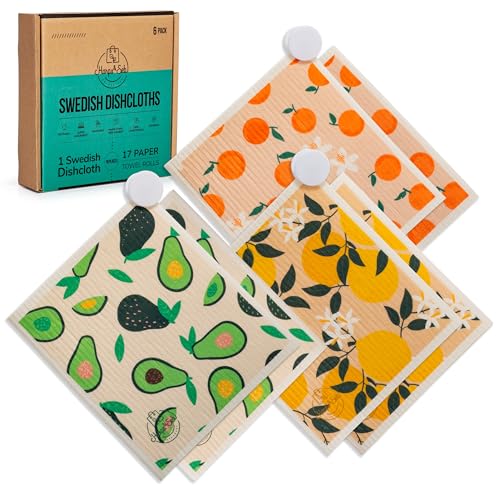

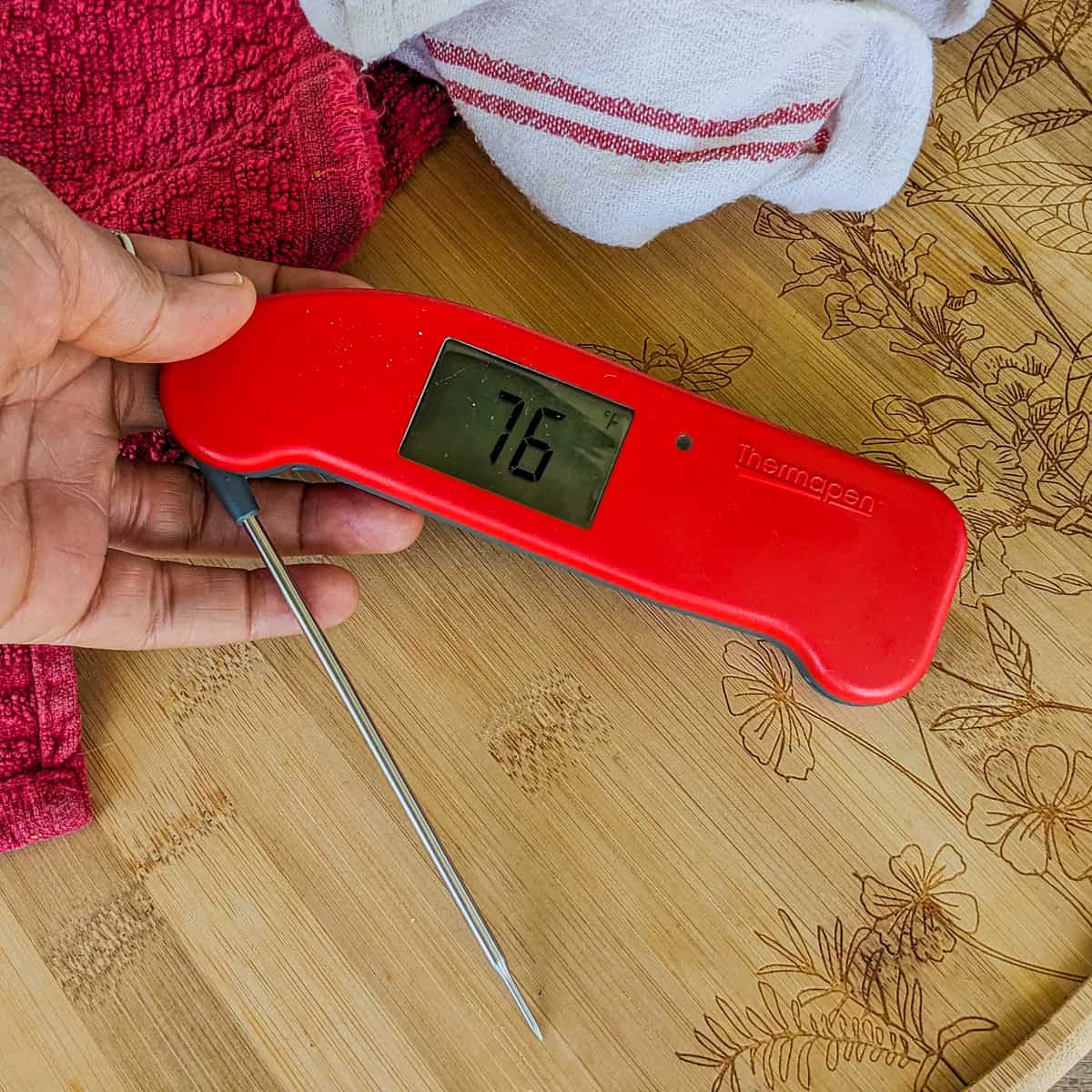

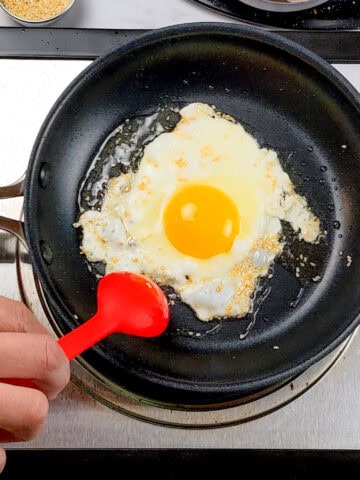
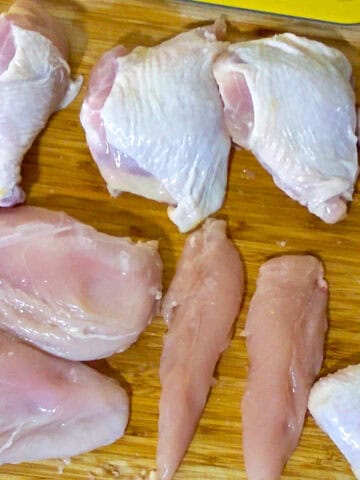
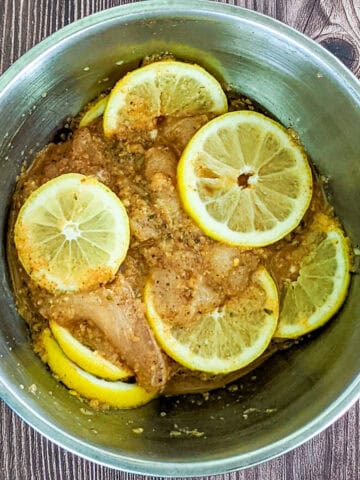
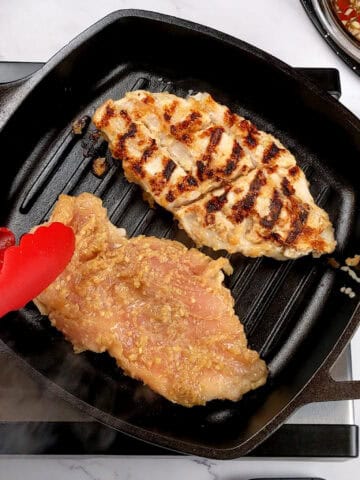
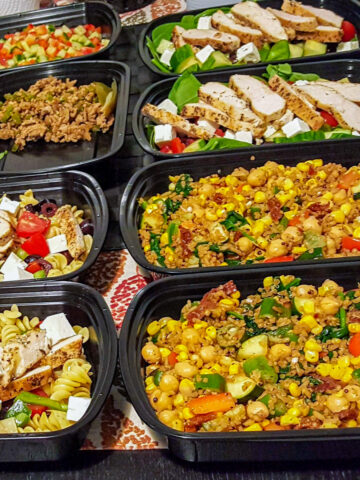
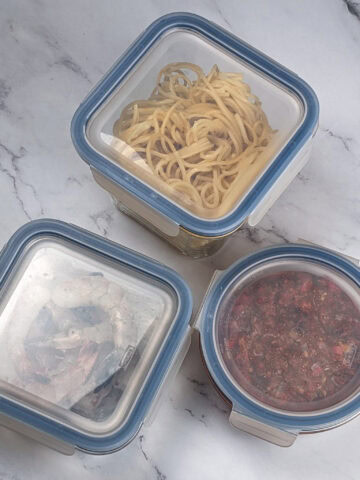

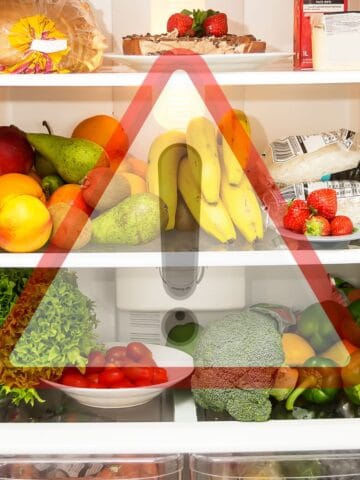
Leave a Reply